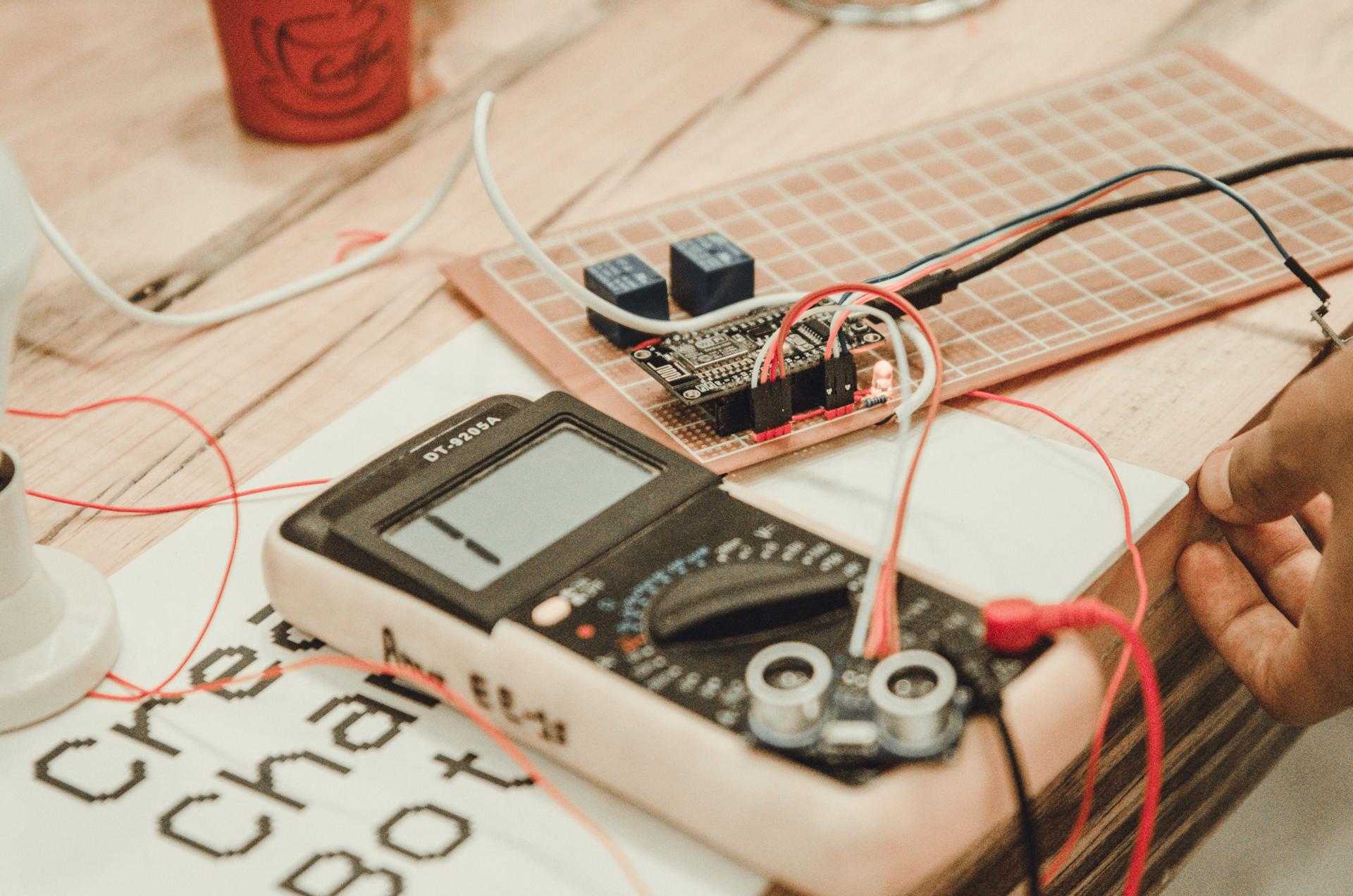Do-It-Yourself Electrical Security Testing: Step-by-Step Tutorial for Home-Owners

In the realm of security in your home, one of the primary aspects to be considered is the safety of electrical wiring. Testing for electrical safety is the process of checking the electrical system within your home to make sure that it is safe and in compliance with the latest standards. In this article we’ll provide the basics of what electrical safety testing are, the tools you’ll require in order to carry them out, the best method to carry out the tests and the warning signs to look out for.
What exactly is an Electrical Safety Test?
A safety test for electrical appliances is the process of checking the electrical system within your home to ensure that it is safe and working correctly. The importance of electrical safety tests is as they help to in preventing electrical fires and electrical accidents and also ensure the long-term durability that your electric system has.
Tools Required to conduct an electrical Safety Test
For conducting an electrical safety test, you’ll require a few basic tools. They include a voltage tester, a continuity tester, circuit tester along with outlets tester. It is utilized to look for live circuits, while the continuity tester is used to check for damaged circuits. The circuit tester is utilized to look for wiring issues, and outlets testers are used to detect wiring issues at the outlets. It is crucial to use these tools correctly to get exact results.
How to Conduct an Electrical Safety Test
To conduct an electric safety check inside your home, follow these steps:
Shut off the power supply on the circuit or circuits you’re testing.
Make use of this voltage tester to check whether there are live circuits.
Use this continuity tester to test the integrity of your circuit.
Utilize the circuit tester to test for wiring faults.
Use the outlet tester to check for wiring problems within the outlets.
During the testing process, be sure to look for any evidence of wear or damage on the wiring that could indicate frayed or broken wires, burn marks, and loose wires. If you find any issues that need attention, you must address them as soon as possible to avoid potential hazards.
Signals of electrical problems to Watch Out for
There are several warning signs that could signal electrical problems in your house. They include flickering light bulbs frequently tripping the circuit breaker, buzzing or crackling sounds emanating from outlets, outlet that are hot or discolored and a smell of burning. If you notice any warning indications, you should get to work immediately to avoid potential electrical hazards.
Conclusion
Electrical safety tests are crucial for ensuring the safety of your home and your family. By conducting regular tests and addressing any issues promptly you will be able to prevent dangers to your electrical system and prolong the life of your electrical system. If you need assistance in electrical repairs or testing, don’t hesitate to contact Local Electrician Ingleburn. Our knowledgeable team will offer you expert advice and assistance. Contact us at 1300 610 481 to schedule an appointment or to request a quote.
FAQ Section
What is the recommended frequency to perform an electrical safety check in my home?
We suggest conducting electrical safety tests at least every year.
Can I perform an electric safety check by myself or do I need the help of a specialist?
While it’s possible to perform an electrical safety test on your own, it’s recommended to hire a professional to ensure accurate results and to avoid any potential dangers.
Which are the top common electrical issues that are discovered during an electrical safety test?
The most frequently-repeated electrical issues discovered during a safety check include malfunctioning wiring, overloaded circuits, and outdated electrical systems.
What do I do if find an issue during the electrical safety test?
If you spot a problem during the electrical safety test It is crucial to act quickly. This could include making contact with a professional electrician to address the issue, or replacing faulty equipment.
